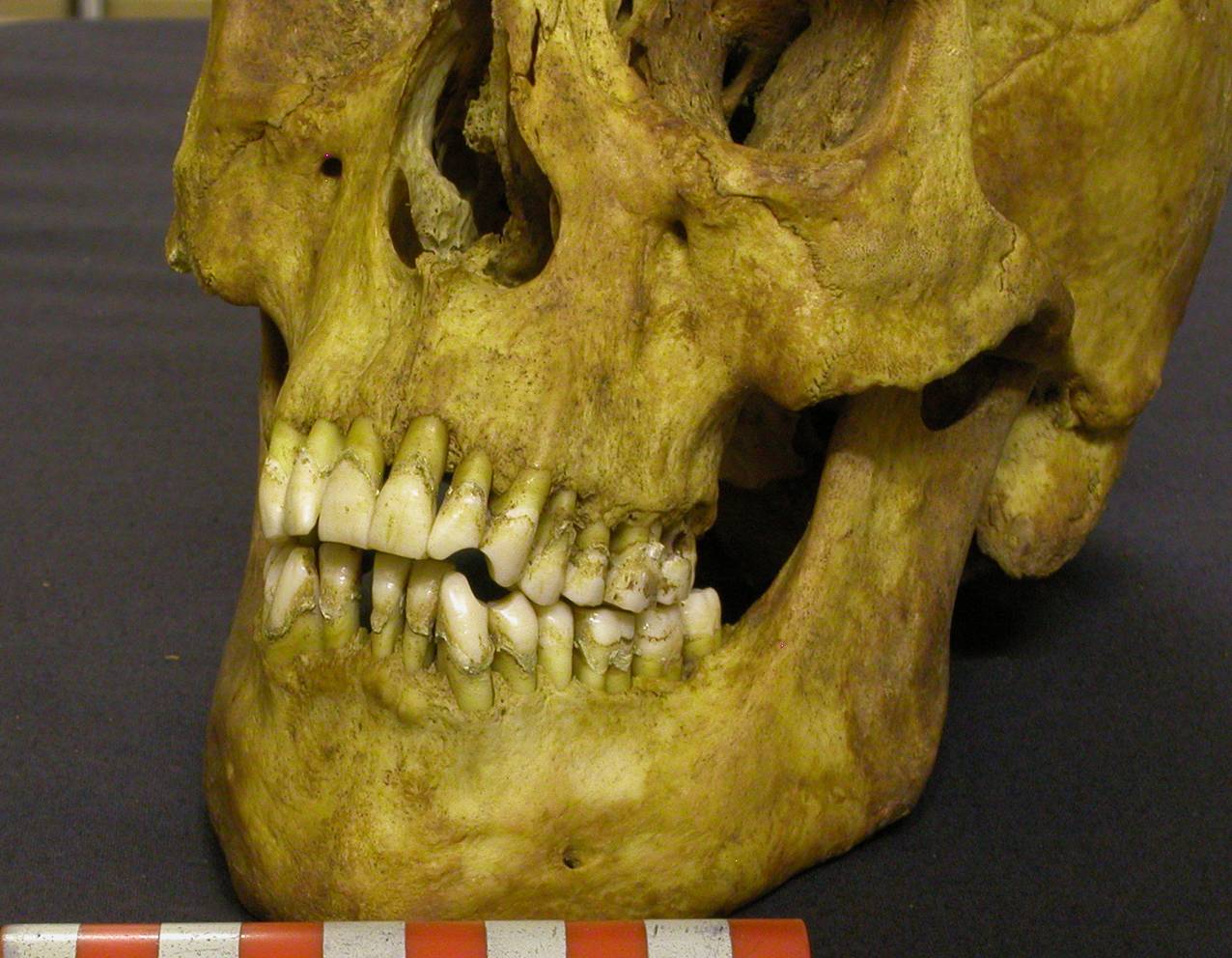
http://www.sciencedaily.com/releases/2005/12/051215081728.htm
Dec. 15, 2005 — Using dental pulp extracted from the teeth of soldiers who died during Napoleon’s disastrous retreat through Russia in 1812, a new study finds DNA evidence that epidemic typhus and trench fever ran rampant among the French Grand Army. The study, published in the Jan. 1 issue of The Journal of Infectious Diseases, now available online, identifies the specific species of louse-borne pathogens that were a major cause of death among the remains of the retreating army.
Napoleon marched into Russia in the summer of 1812 with a half-million soldiers.
Twenty-five thousand arrived in Vilnius that winter, but only 3,000 lived to continue the retreat. The dead were buried in mass graves.
Only a few thousand staggered out again, victims of war, weather, and disease.
Construction work in 2001 unearthed one such grave, containing between 2,000 and 3,000 corpses. Didier Raoult, MD, PhD, from the Université de la Méditerranée in Marseille, France, and colleagues identified body segments of five lice in a forensic excavation of two kilograms of earth containing fragments of bone and remnants of clothing. Three of the lice carried DNA from Bartonella quintana, which causes the disease commonly known as trench fever, which afflicted many soldiers in World War I.
The team analyzed dental pulp from 72 teeth, taken from the remains of 35 soldiers. Dental pulp from seven soldiers contained DNA from B. quintana, and pulp from three soldiers contained DNA from Rickettsia prowazakii, which causes epidemic typhus. Testing for other organisms gave negative results, and other appropriate controls were negative.
In all, 29 percent of the soldiers tested had evidence of either R. prowazkii or B. quintana infection, suggesting that louse-born diseases such as typhus and trench fever may have been a major factor contributing to Napoleon’s retreat from Russia. The authors conclude that searching for DNA of infectious agents in dental pulp may become an important tool for investigating the history of communicable diseases.
No comments:
Post a Comment